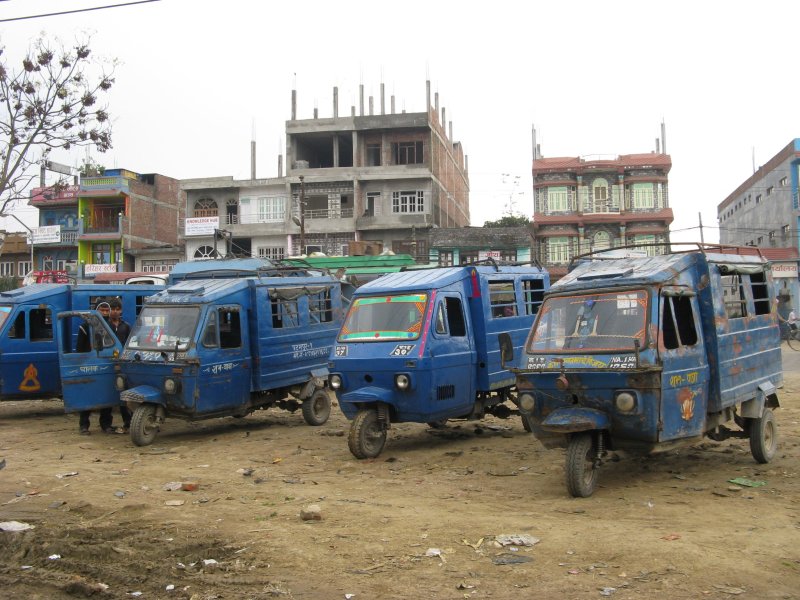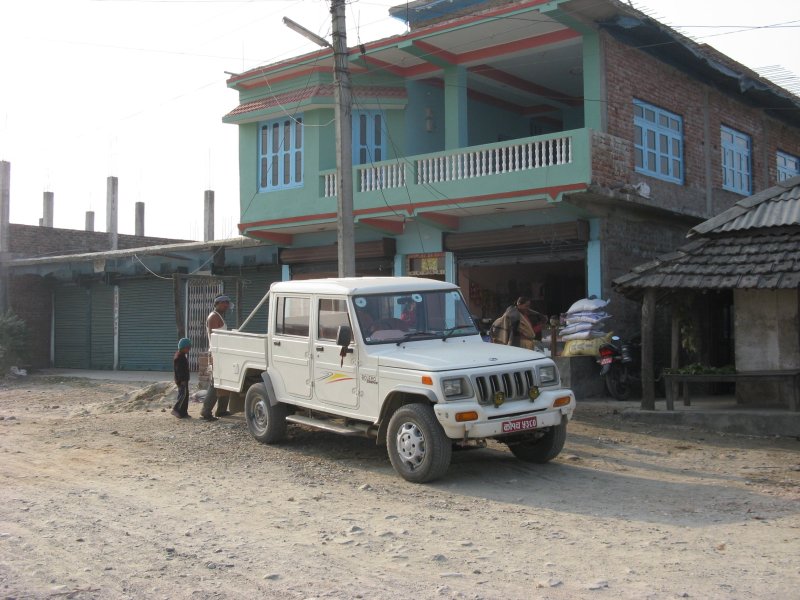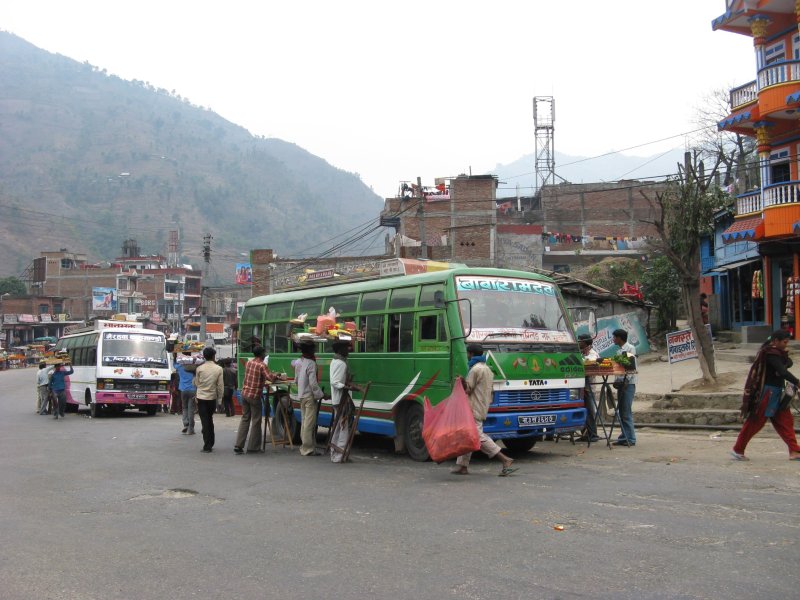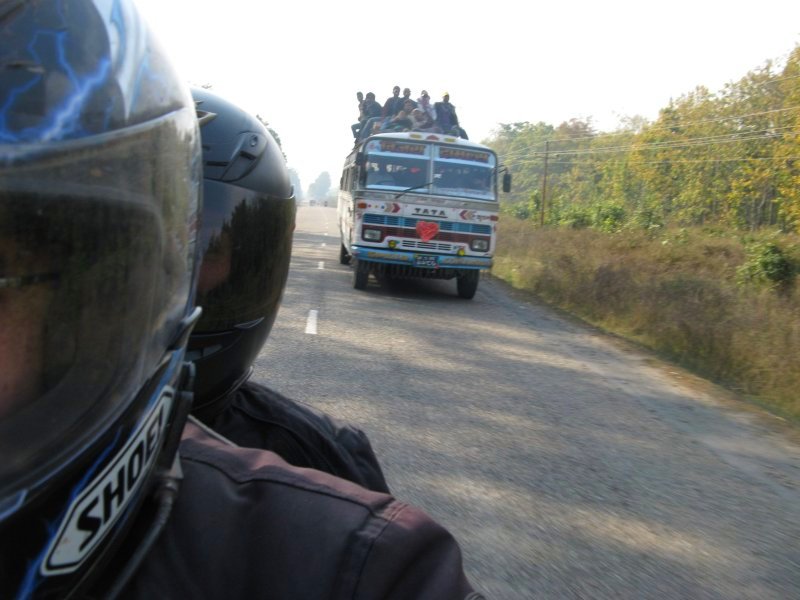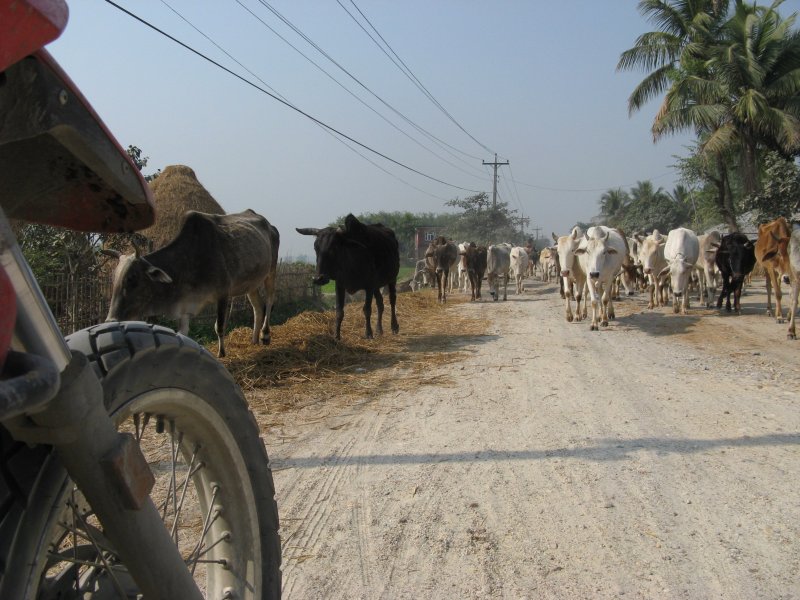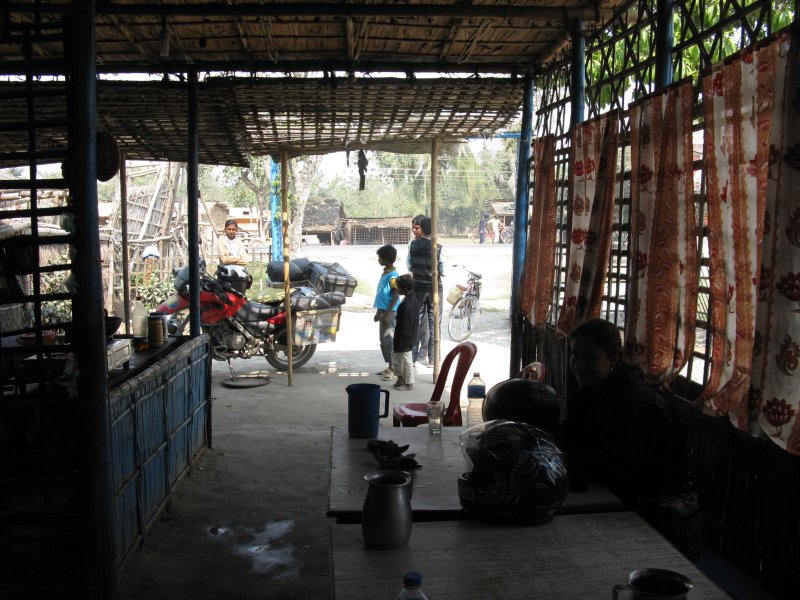The streets of Nepal
There is a disatvantage for having remained independent during the age of European colonization. That is nobody was in Nepal to build a railway or a road network. And since the rough terrain makes building expressways inconvenient, the only way to deliver goods (including bulk items such as fuel, grain and construction materials) is by a network of narrow, poorly maintained and over congested roads. Which, of course, leads to added costs, unreliable flow and high level of pollution.
The smallest hauler is the three wheeler which, unlike it’s counterpart in Indochina, features a steering wheel (not a handlebar) on the rigt side, leaving space for one passenger in the front. In the rear compartment, the capacitiy is limit less.
Then they have Indian Marutis, Tatas and Mahindras, Indian copies after Jeeps (CJ, YJ) or Land Cruisers.
There is only one type of truck in Nepal, that is the Tata truck. I don’t know other features of this truck other than all are gross polluters and they made my journey unpleasant.
Last picture: one of the restaurants on the side of the road, a good place for lunch as long as you can disregard the cooking conditions.
